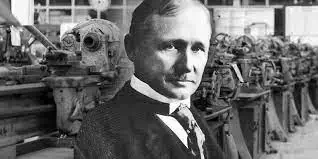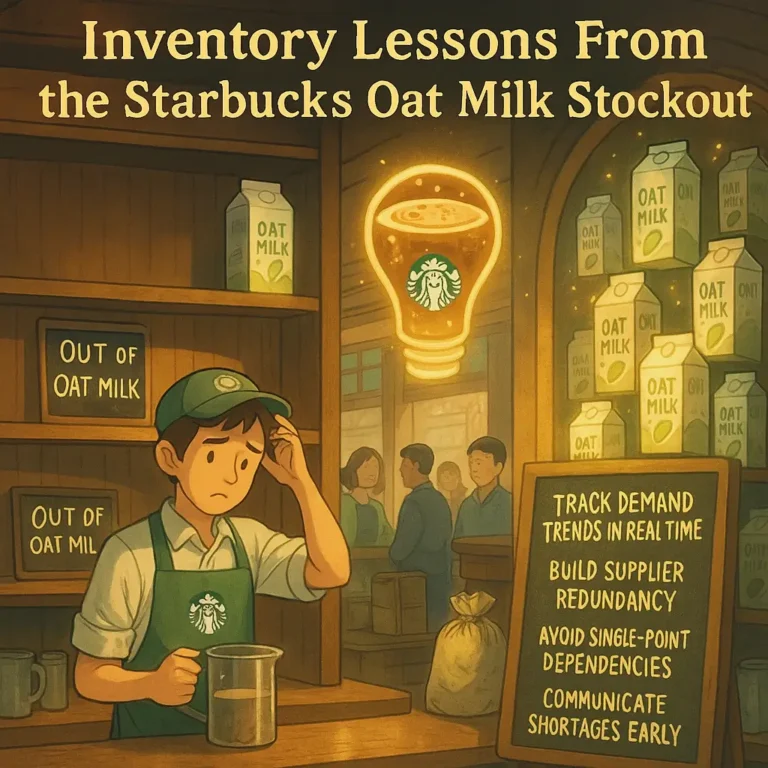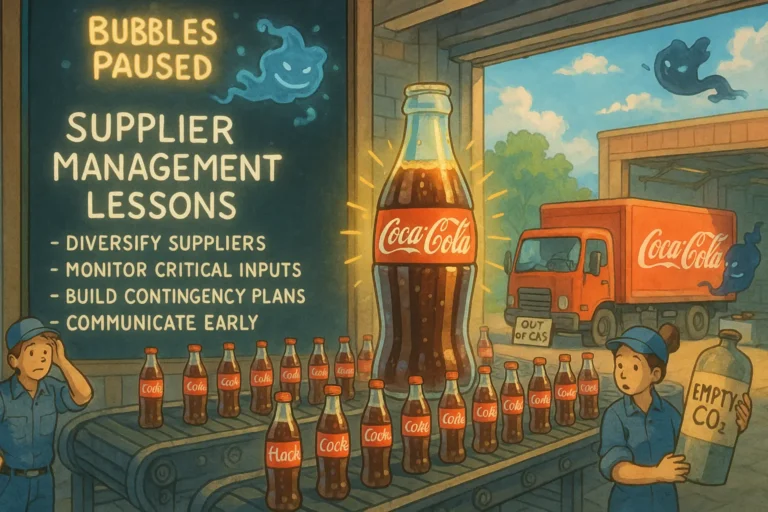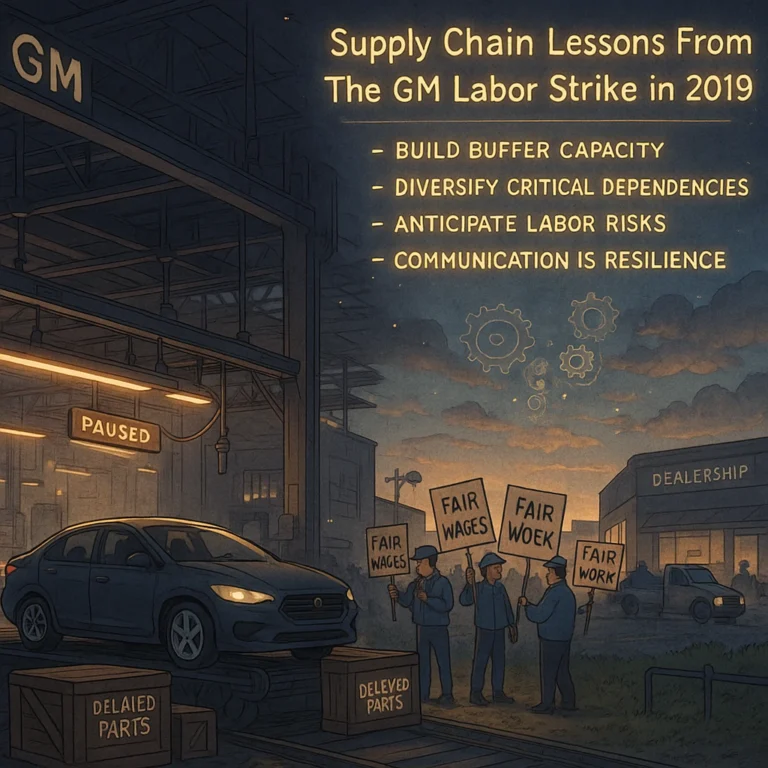
In the early 20th century, Detroit was about to catapult into the national limelight as an industrial giant, but few knew it, including the father of the automobile supply chain, Henry Ford.
At the time, the automobile industry was at infancy, and cars were a luxury only the wealthy could afford.
Henry Ford knew he could make it available to the common man, but pulling it off would take some innovative thinking.
To accomplish this, he needed to revolutionize the way cars were made completely, and he did just that.
What was the challenge?
Henry Ford saw a future where more people were driving cheap and available cars, but he had some key issues to tackle.
- At the time, car manufacturing was a slow and labour-intensive process. Skilled craftsmen had to painstakingly assemble each car from start to finish.
- The supply chain and manufacturing process cost too much and took too long.
- Because of the cost and time, production capacity was severely limited, and cars were reversed for only the wealth in society.
- Repairs and vehicle parts weren’t easily accessible.
To make his vision possible and penetrate the market, he had to face these challenges, and there were really only two solutions.
He had to streamline and cut down production time if he was going to rip the benefits.
What did Henry Ford do?
To achieve his dream, he needed to revolutionize the manufacturing process and create a supply chain system that would make cars affordable and accessible to the common man.
In 1913, Ford introduced the world to the first moving assembly line. This ingenious innovation would forever change the way cars were made.
The assembly line consisted of a series of stations, each with a specific task. Skilled workers at each station would focus on a single aspect of car assembly, such as attaching wheels or installing engines.
As the partially assembled car moved along the conveyor belt, it passed through each station, where workers would complete their designated tasks.
This innovative approach significantly reduced the time it took to build a car.
What once took several days now took only a matter of hours.
But Henry Ford didn’t stop there. He also revolutionized the way parts were sourced and supplied to his factories.
Ford developed a network of suppliers who provided standardized components, ensuring that every part would fit perfectly into the assembly line.
In addition, Ford centralized his supply chain operations, which helped to improve coordination and efficiency. He also used various transportation methods, including trucks, trains, and ships, to get parts and materials to his factories quickly and cheaply.
This streamlined supply chain approach further reduced costs and improved efficiency.
The Result?
Henry Ford’s assembly line not only sped up production but also reduced the cost of supply chain and manufacturing. As cars became more affordable, the demand for them soared.
The supply chain that Henry Ford had created was a well-oiled machine, churning out cars at an unprecedented rate. This made the Ford Motor Company a household name.
His innovative ideas paved the way for modern manufacturing and supply chain management.
The principles he established are still in effect today. With them, businesses have been able to drive efficiency, reduce costs, and increase accessibility to a wide range of products.
Model T:
As a result of these innovations, Ford mass-produced the Model T car at a very low cost.
This made the car affordable for the average person and helped revolutionize transportation.
Here is how Henry Ford used supply chain management to improve the production of the Model T car:
Ford realized that the cost of the tires was a major factor in the price of the car. He decided to build his own tires, allowing him to control the cost and quality.
He also built his own glass factory so that he would not have to rely on outside suppliers.
By vertically integrating his supply chain, Ford was able to reduce costs and improve efficiency. This helped him to make the Model T car more affordable and to sell more cars.
Conclusion
Henry Ford’s legacy lives on, reminding us all that anything is possible with vision, determination, and a well-organized supply chain. His impact on the business and manufacturing world is a testament to the power of innovation and the remarkable potential of the human spirit.

Obinabo Tochukwu Tabansi is a supply chain digital writer (Content writer & Ghostwriter) helping professionals and business owners across Africa learn from real-world supply chain wins and setbacks and apply proven strategies to their own operations. He also crafts social content for logistics and supply chain companies, turning their solutions and insights into engaging posts that drive visibility and trust.







